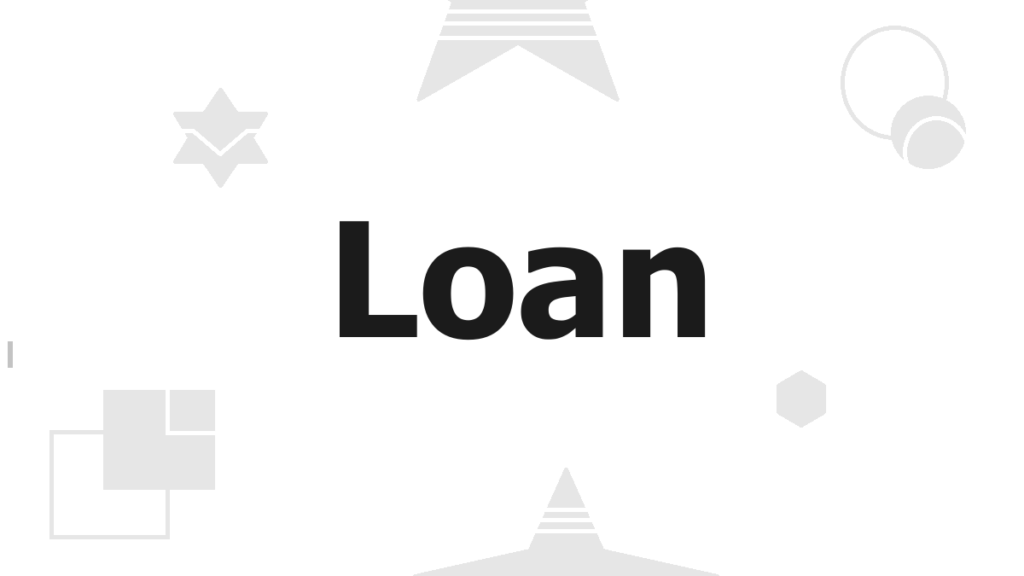Life can be unpredictable, and sometimes unexpected events can impact our finances. One such situation is when a borrower dies with an outstanding loan.
This can be stressful for families, so let’s break down what happens to different types of loans in such cases.
Types of Loan
There are two main categories of loans: secured and unsecured. Secured loans use property like a house or car as collateral.
While unsecured loans (like personal loans or credit cards) don’t. This distinction affects how loan recovery works after the borrower’s death.
Loans and Death of the Borrower
General Rule: Generally, with unsecured loans, the borrower’s estate (assets) is responsible for repaying the debt.
However, heirs are not personally obligated to use their funds to cover the loan. They can choose to inherit the remaining assets after settling the debt or even decline the inheritance altogether to avoid the debt.
Co-Signer: If the loan has a co-signer, that person becomes fully responsible for repayment upon the borrower’s death. This is why it’s crucial to understand the implications of co-signing a loan.

Loan Recovery: What Happens When a Borrower Dies?
Banks face challenges when a borrower passes away before repaying a loan. Here’s how banks handle different loan types in such situations:
a) Home Loan:
Co-borrower: If the borrower has a co-borrower, the bank will seek repayment from them.
Loan Insurance: If the loan covers insurance, the bank receives the insurance payout to settle the outstanding balance.
Term Insurance: This type of insurance pays out to legal heirs only, and the bank has no claim on it.
Loan Default: If the bank cannot recover the dues from the legal heir or guarantor, they may auction the house to settle the debt.
b) Car Loan
Heirs Contacted: The bank will contact the borrower’s family and ask the legal heir to repay the loan.
Loan Default: The car will be seized and sold at auction if the heir refuses.
Personal and Credit Card Loans:
Unsecured Loans: These loans are not secured by collateral. If the borrower dies during the loan term, the bank cannot recover the amount from the family or legal heirs.
Co-borrower: The bank will seek repayment from a co-borrower if one exists.
Non-Performing Asset (NPA): The bank may classify the loan as an NPA if no other recovery options are available.
c) Options for Heirs
Loan Repayment: Heirs who agree to repay the loan can discuss restructuring options with the bank.
Restructuring Options: Banks may offer flexible repayment plans, such as reduced EMIs, extended loan terms, or deferred payments (3-6 months) to ease the burden on heirs.
Settling Arrears: If the inherited property has significant value and the loan amount is low, settling the arrears might be more favorable.
Property Surrender: Heirs may choose to surrender the property to the bank in lieu of repayment.
Tips for Families:
- Notify the Lender: Families should notify the lender about the borrower’s passing.
- Seek Professional Help: Families can seek help from financial advisors.
- Review Loan Documents: Families should review loan documents and insurance policies.
- Prioritize Payments: Families should prioritize loan payments to avoid further debt.
- Explore Settlement Options: Families can explore settlement options like one-time settlements or loan restructuring.
Loan recovery can be a complex process, especially when a borrower dies. Understanding these procedures, borrowers and their families can be better prepared for such situations.